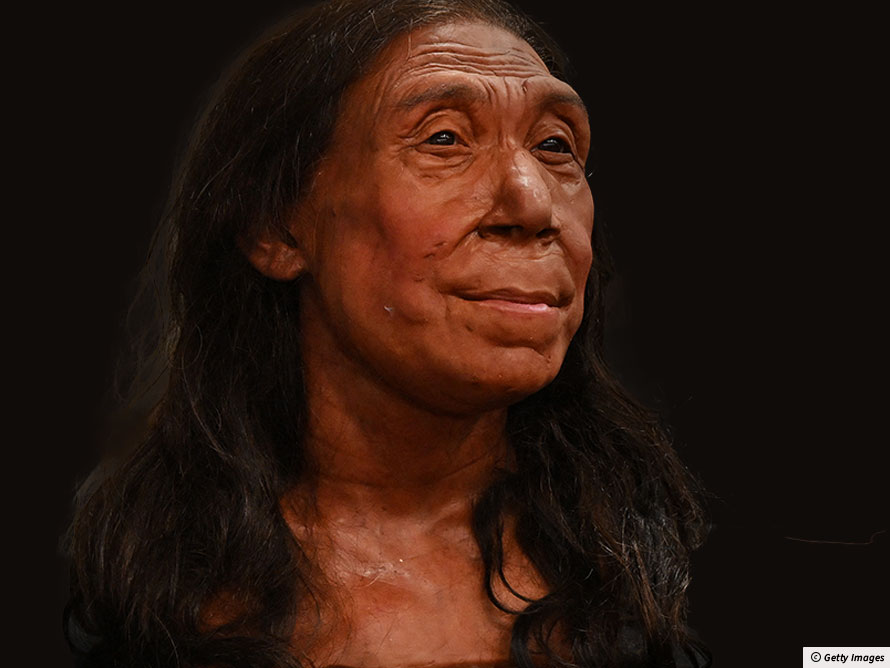Do faces always lie? Scientists have built the head of a 75,000-year-old human cousin for a new Netflix documentary. But some say we will never really know what lies behind people's faces.
What this Neanderthal woman says about us
 Deceptive?: Shanidar Z (recreated above) is “a far cry from the snarling, animalistic stereotype”.
Deceptive?: Shanidar Z (recreated above) is “a far cry from the snarling, animalistic stereotype”. Glossary
Shanidar cave - An archaeological site on Bradost Mountain in Iraq. Scientists investigating Neanderthal bones there were followed by a camera crew on a BBC and Netflix documentary, Secrets of the Neanderthals.
Iraq - A country in the Middle East with a population of 43.5m.
Homo sapiens - The species to which all modern humans belong. Homo sapiens means "wise man" in Latin.
Neanderthal - An extinct species of human that lived until 40,000 years ago.
Interpret - Explain or decide on the meaning of something.
Communicate - Share or exchange information and ideas.
